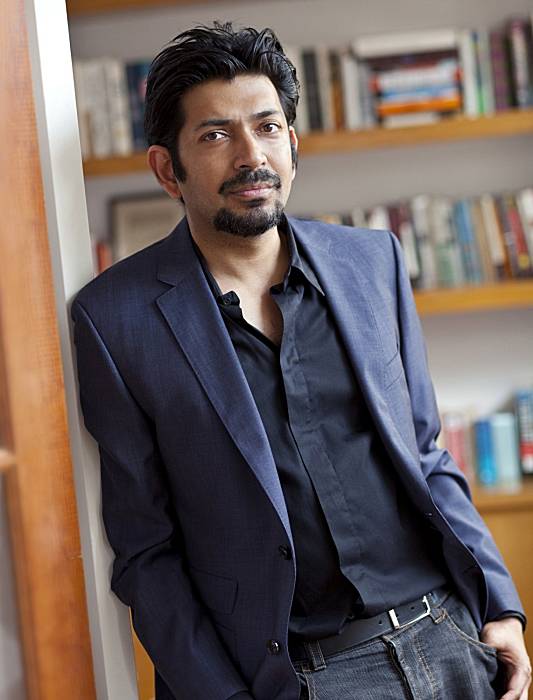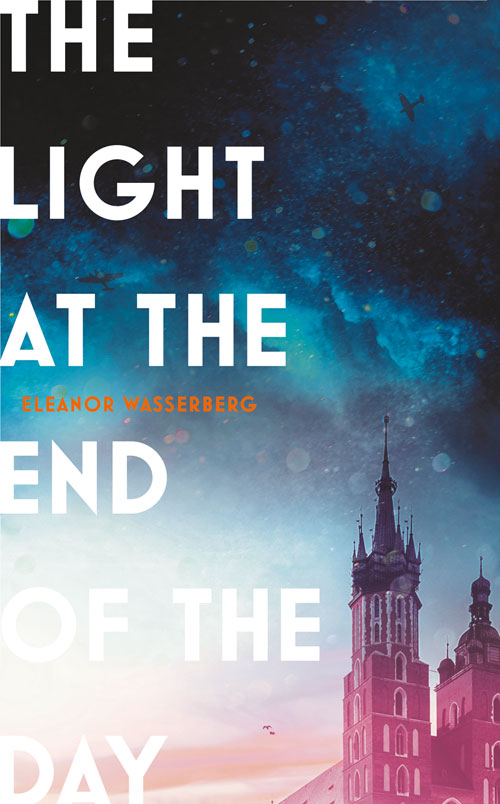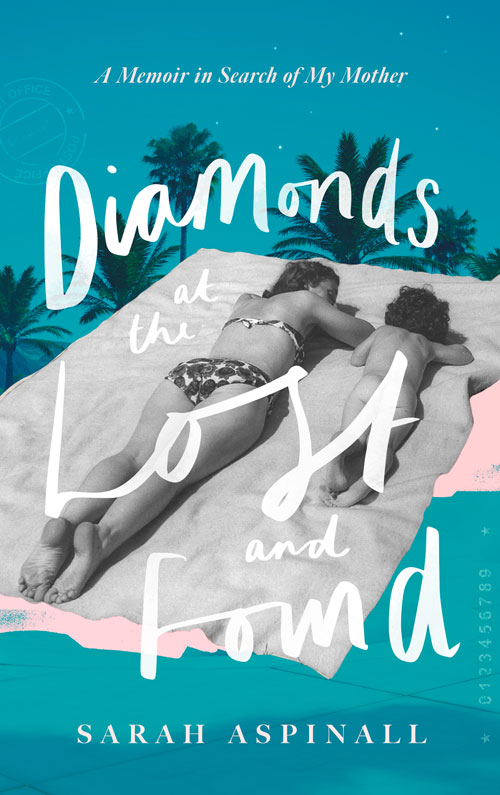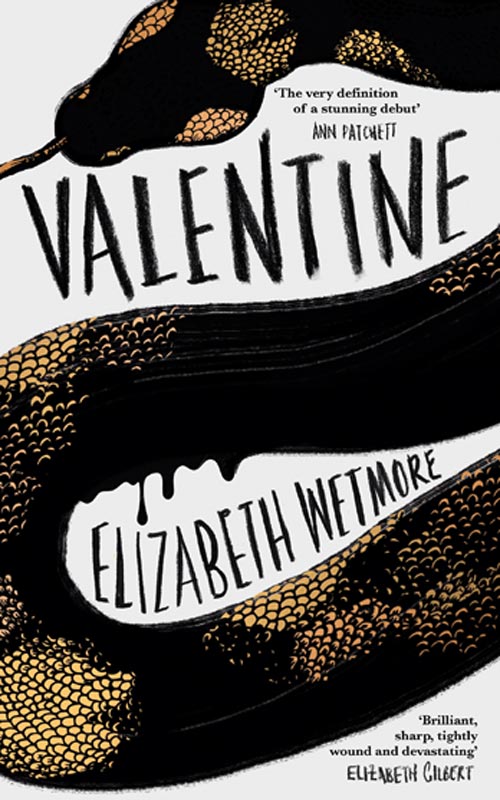Why did you decide to write a book about cancer?
The book is a very long answer to a question first posed to me by a patient I was treating in Boston, a woman with a very aggressive form of abdominal cancer. She had been treated with chemotherapy and had relapsed and been treated again. At one point, deep into her treatment, she said to me, “I’m willing to go on, but I need to know what it is I’m battling.” My book is an attempt to answer her question by going back to the origin of the disease and showing its development through history. I called it “a biography of cancer,” because it draws a portrait of an illness over time.
What exactly is cancer?
Cancer is not a disease but a whole family of diseases. These diseases are linked at a fundamental biological level. They’re characterized by the pathological proliferation of cells—occasionally cells that don’t know how to die, but certainly cells that don’t know how to stop dividing. That abnormal, uncontrollable growth of cells is a process that typically starts in a single cell and the cell multiplies over and over, and every generation produces a little evolutionary cycle such that you get more and more evolved cells. But although there’s a deep commonality between prostate cancer, breast cancer, leukaemia, although they’re connected as the cellular level, every cancer has a different face.
Did you have a particular audience in mind while writing the book? Was the idea to write it for patients or for a layperson to understand?
The book is written entirely for a layperson to understand, but I wanted to treat this audience with the utmost seriousness. I wanted to address the desire of patients and families for a larger history, one that goes back to the origins and then takes us into the future. I wrote with patients and families in mind, but also with the scientist in mind, with the student in mind, with the reader of literature in mind.
The book drives home the amount of suffering patients experienced in the past that allowed us to get where we are today. What made you decide to focus so much on this aspect of cancer’s story?
One of the many messages of the book is that there are other people who have given up their lives to help us understand more about this disease. I think we need to remember them and do their memory honour. That might mean understanding cancer culturally; that might mean understanding it socially; that might mean participating in clinical trials. It might mean spearheading prevention mechanisms. One of the points of the book is to say, “Let’s make sure that these efforts weren’t made in vain.” There’s a respect for history that I’d like to signal in this book.
A recent retrospective in the New York Times suggested that, because death rates had not declined monumentally since 1971, not much progress had been made against cancer. Would you say The Emperor of All Maladies attests to a lack of progress in oncology?
Absolutely not. There is a very clear place that lies between the nihilism that has been reported in the media lately and the over-optimism—or the hype that existed thirty years ago. To lean in one direction while neglecting the other does a disservice to the progress that has been made. There’s kind of a pendulum quality about cancer research. One decade we’re told that we are making such enormous progress on cancer, that the whole thing is going to be licked or cured in five months, and the next decade we’re told that nothing has happened. And clearly, neither of those statements is true.
Do you think we need to change the way we educate patients and the public about cancer to move away from the mind-set that cancer is a single disease, to explain that it comprises many diseases?
Yes. Part of my attempt with this book is to allow the public to understand the level of complexity and thereby appreciate the ingenuity and the resilience of knowledge that has come about in terms of discovery. The sequencing of the cancer genome is a good example. It revealed deep complexities within cancer. If you sequence the genomes of multiple specimens of breast cancer, you find deep disparities between even truly identical-looking specimens. So, you might take a nihilistic approach to this and say, “Gosh, this is an unsolvable problem.” Yet, if you look deeply, you find that within those wide differences there are organizational patterns. In the book, I call it a kind of music behind the genes. Again, you have to go through additional cycles of knowledge and thinking before you can make the next discovery.
In The Emperor of All Maladies, you talk about how some physicians become indifferent, not just to death but also to life. What do you mean?
Anyone who has spent time in the oncology clinic understands that it can be—if you look at it in a certain way—a very depressing place. Perhaps the most striking sign of that is when young residents and fellows say, “I don’t want to become an oncologist because everyone dies.” It is absolutely not true. To take care of cancer patients is an enormous privilege, but it also involves deploying everything in your toolbox: the emotional, the psychological, the scientific, the epidemiologic. There’s laboratory science, history, clinical trials, and palliative medicine. Every aspect of medicine is involved, and the difference that you can make to a person’s life as an oncologist is incredible. You’re present at the most moving and terrifying times of a person’s life, and the ability to help at that time is a powerful experience.
When you have to deliver bad news, how do you prepare for that?
What really helps is to listen to the person you’re delivering bad news to. That’s the first thing I’ve learned from my teachers. And by that, I mean that often bad news involves a crushing or a deflation of aspirations. Someone wants to attend their daughter’s graduation, and that may be two months away; another person’s goals might involve graduating from college herself. If you understand the patient’s goals and how they may or may not be achieved—what is achievable and what is not achievable—it makes the conversation concrete. You can say, “Well, if it means a lot for you to watch your son reach this landmark moment in his life, we can probably get there.” I think it really mitigates what bad news means.
As a practicing oncologist and a father, where did you find time to write a book so big and so complex?
I had to make time. What was important was to have a reason to do it. And the reason to do it was that I was trying to answer my patient’s question. As long as I always kept that in mind, I felt as if the book sort of wrote itself. I would come back in the evening after rounds or from the laboratory and I would write. I kept writing until I had answered the question left over from the night before. For instance, when I was writing about mammography, the previous night’s question might have been, “Where did this leave us in 1986?” And then the next day’s writing would bring us from that period up to 1996, filling out the story in between. I think I was able to write because I was responding to a certain sense of urgency that this story had to be told.




4thestatebooks